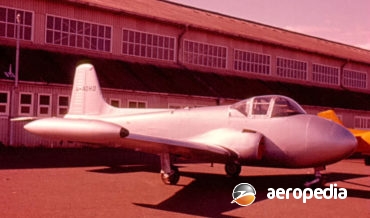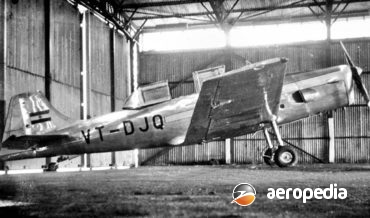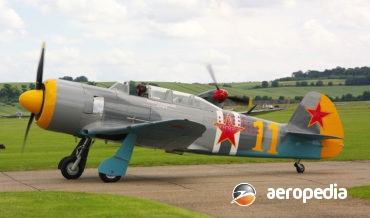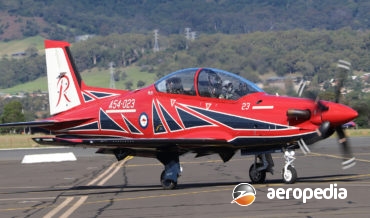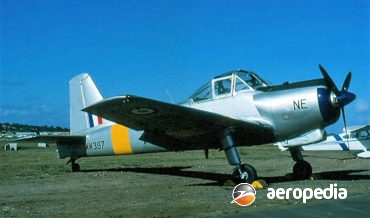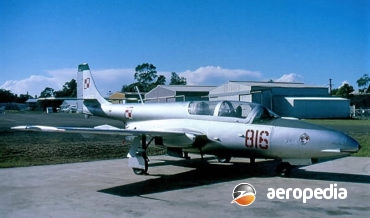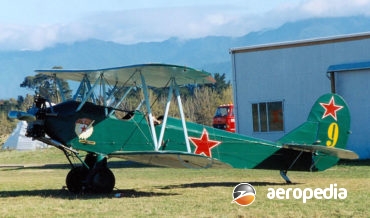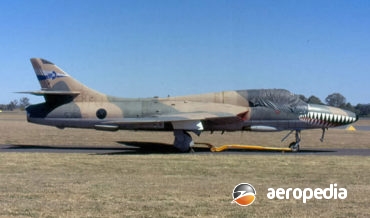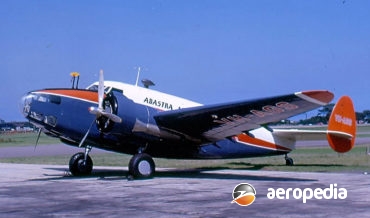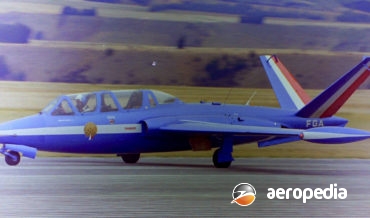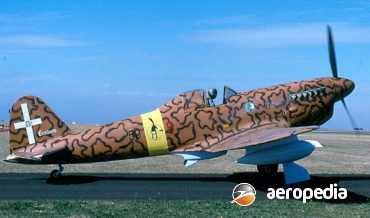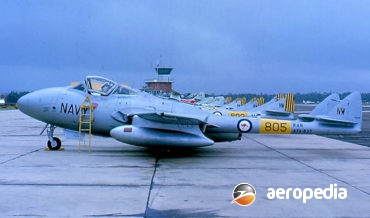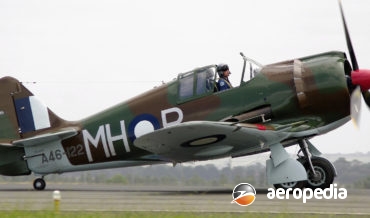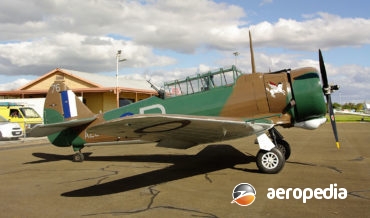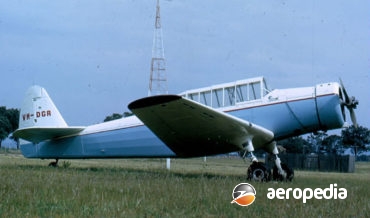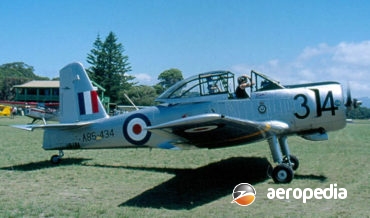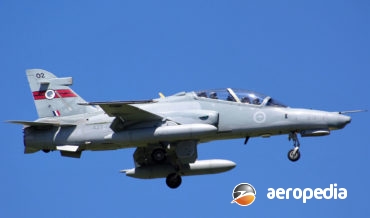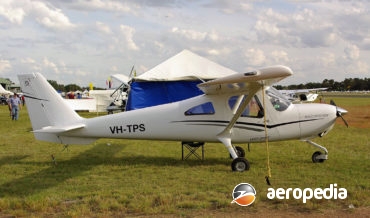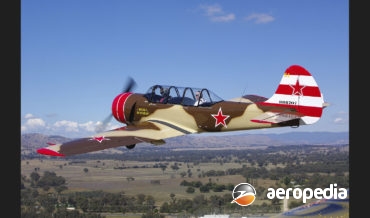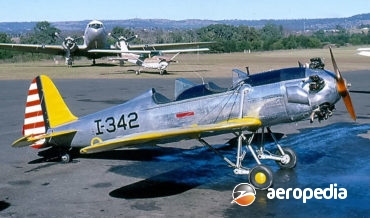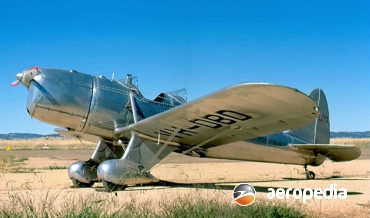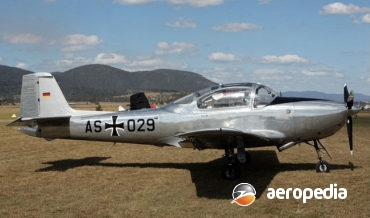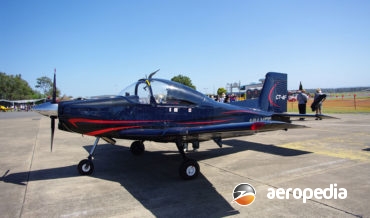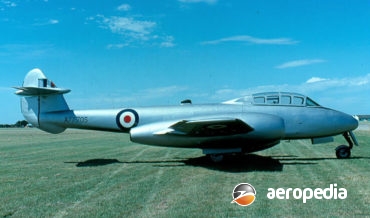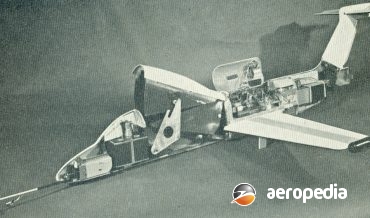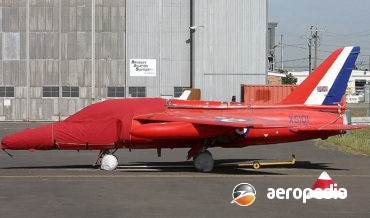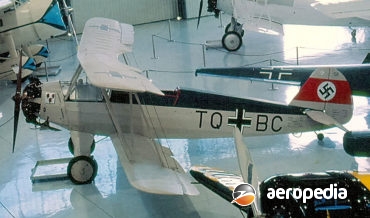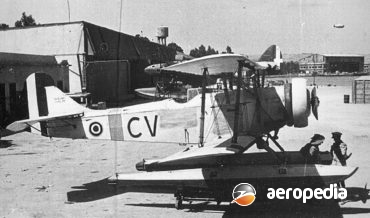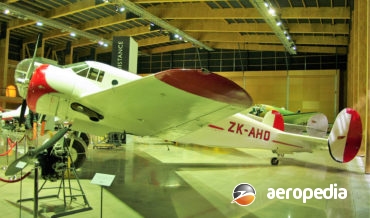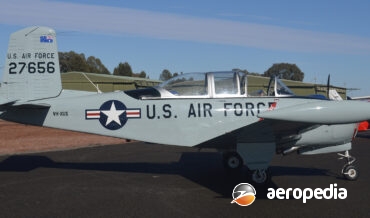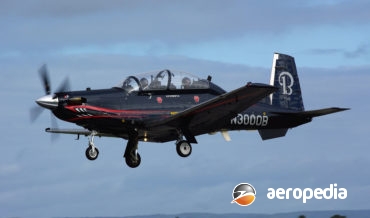All Contents
Contents
The P-84 Jet Provost was developed as a private venture utilising a considerable proportion of the structure of the piston-engine P-56 Provost, which was then in service with the RAF as a basic trainer.
David C. Eyre
- August 24, 2019
The HT-2 was designed by Dr V M Ghatge, Chief Designers of Hindustan Aircraft Ltd at Bangalore, India.
David C. Eyre
- August 24, 2019
The Yakovlev Yak-11 (known to NATO as Moose) began to enter service with the Soviet Airforce in 1947 and bore some resemblance to the designer, Aleksandr Yakovlevs, wartime fighter designs, the wing, tail assembly, and undercarriage being similar to those of the Yak-9 single-seat fighter.
David C. Eyre
- May 19, 2019
Since the 1970s Pilatus Aircraft at Stans in Switzerland has been involved in the design and development of turboprop-power trainers for air forces, resulting in the PC-7, PC-9, and later the PC-21
David C. Eyre
- May 19, 2019
The Provost replaced the Percival Prentice in service in 1953 as the basic training aircraft for the Royal Air Force.
David C. Eyre
- May 19, 2019
In the late fifties design and development took place in Poland, Czechoslovakia and the USSR of a series of two-seat military trainers to meet a common requirement, the proposal being that the best design of the three (TS-1 Iskra, L-29 Delfin and Yak 30) would be chosen for use by
David C. Eyre
- May 19, 2019
Considered by many to be one of the, if not the, most produced aircraft of all time, with estimates of aircraft completed ranging from 30,000 to 40,000, the Polikarpov PO-2, also known as the U-2, primary trainer biplane flew for the first time on 7 January 1928.
David C. Eyre
- May 19, 2019
In 1954 Hawker chose to develop a two-seat variant of the Hunter, the prototype (XJ615) flying for the first time on 8 June 1955, a production order being placed for 55 aircraft with the designation Hunter T.7.
David C. Eyre
- May 19, 2019
Originally required as a navigation trainer for the RAF, the military conversion of the eleven-passenger Lockheed Model 14 Super Electra promised so much in performance that the decision was made in 1938 to order the type for the RAF off the drawing board as the Model 214 Hudson.
David C. Eyre
- May 19, 2019
One of the most successful military turbojet powered trainers, the Magister was produced in large numbers, some 437 being completed for the French Air Force, and it was licence built, being produced in Finland by Valmet OY (62), Israel by Israel Aircraft Industries (36), and West Germany by Flugzeug Union
David C. Eyre
- May 19, 2019
Late in World War II the Fiat company in Italy designed the G-55 Centauro single-seat fighter powered by the Daimler Benz DB-605 12-cylinder VEE liquid-cooled engine, and this aircraft, although built in relatively small numbers, fought very successfully with the Fascist Republican Airforce.
David C. Eyre
- May 19, 2019
Designed as a private venture, the de Havilland Vampire two-seat trainer was a development of the Vampire single-seat fighter-bomber. Known as the DH-115 Vampire T.11, the first of two prototypes (G-5-7 – later WW456) was flown for the first time on 15 November 1950.
David C. Eyre
- May 19, 2019
The suddenness of the Japanese onslaught at the beginning of the war in the Pacific, the speed at which Japanese forces moved, and the possibility of fighter aircraft not being available from overseas sources, led to the decision to design and build a fighter aircraft as soon as possible to
David C. Eyre
- May 19, 2019
The Wirraway (an aboriginal word meaning challenge) was a development of the North American NA-32 and NA-33 by the Commonwealth Aircraft Corporation. In January 1942, eight Wirraways engaged a force of more than 100 Japanese aircraft near Rabaul.
David C. Eyre
- May 19, 2019
The Wackett, named after its designer, Sir Lawrence Wackett, was developed by the Commonwealth Aircraft Corporation as an intermediate step between the elementary trainer, the de Havilland DH-82 Tiger Moth, and the more advance trainer, the CAC Wirraway.
David C. Eyre
- May 19, 2019
The Winjeel (an Aboriginal word meaning young eagle) was designed to meet a 1948 specification for an aircraft to replace both the de Havilland Tiger Moth and the CAC Wirraway
David C. Eyre
- May 19, 2019
In 1971 Hawker Siddeley and British Aerospace were selected to design and build the HS.1182 trainer for the RAF, and since then more than 700 examples have been supplied to many of the Worlds airforces in a variety of models.
David C. Eyre
- May 19, 2019
In 2006 Cessna announced it intended to produce a series of new designs using modern technology and, amongst these, was a new training aircraft, seating two, to meet new light sport aircraft regulations introduced into the United States.
David C. Eyre
- May 17, 2019
The Yak-50 was designed by Sergei Yakovlev and Y Yankevitch as an improved aerobatic aircraft to succeed the Yak-18 series at the 1976 World Aerobatic Championships which were held that year in the city of Kiev in the Ukraine.
David C. Eyre
- May 8, 2019
Although looking somewhat similar to the Ryan STA/STM series of two-seat military trainers, the Ryan PT-22 was in fact an entirely different aeroplane built by the same manufacturer.
David C. Eyre
- May 8, 2019
In 1934 Tubal Claude Ryan created the Ryan Aeronautical Corporation in a location similar to where the old Ryan Aircraft Company had built its designs.
David C. Eyre
- May 8, 2019
The Piaggio P.148 was designed by Giovani Casiraghi for Piaggio in Italy as a two-seat training aircraft, the prototype flying for the first time on 12 February 1951.
David C. Eyre
- May 8, 2019
The CT-4F is a variant of the CT-4E series produced by Pacific Aerospace and Raytheon Australia, a prototype (VH-XFR) being built and shown at the Australian International Air Show at Avalon, VIC in 2007, this model being aimed at meeting a requirement of the Australian Department of Defence for a
David C. Eyre
- May 8, 2019
The Gloster Meteor was the first British operational jet fighter, the Models F-I and F-III seeing action briefly towards the end of World War II.
David C. Eyre
- May 8, 2019
In 1959 a prize was announced by Henry Kremer, a British Industrialist, for the first group to build and fly a human-powered aircraft over a figure-of-eight course covering a total of 1.6 kms (one mile), the course to include a 3.048 m (10 ft) pole that the aircraft had to
David C. Eyre
- May 8, 2019
In the 1950s Folland commenced design of a lightweight fighter as a private venture known as the FO 145 and the prototype, known as the Midge (G-39-1) flew for the first time on 11 August 1954 at Boscombe Down in Wiltshire
David C. Eyre
- May 8, 2019
The Focke-Wulfe Fw-44 Stieglitz (Goldfinch) was designed for the Luftwaffe as a basic trainer and the prototype first flew in 1932 piloted by Gerd Achgelis
David C. Eyre
- May 8, 2019
The BA.25 was designed and developed by Societa Italiana Ernest Breda in 1931 as a basic trainer and 753 examples were produced, the majority being supplied to the Italian Air Force for training duties, but a number of early production aircraft were supplied to the Hungarian Air Force.
David C. Eyre
- May 8, 2019
The Kansan was initially known as the AT-11 and was developed in 1941 from the Beech 18 series for the military navigational training role, a late variant of the Model 18 series being used for this model.
David C. Eyre
- May 8, 2019
The Beechcraft Mentor was basically a redesign of the well-known Beech Bonanza series of aircraft aimed at the military trainer market.
David C. Eyre
- May 8, 2019
Initially known as the Raytheon T-6 Texan II, the Texan II is a single-engine turboprop powered advanced trainer produced for the United States Air Force.
David C. Eyre
- May 8, 2019
Recent Comments
Archives
Categories
- No categories
Categories
- No categories
Latest Posts
Newsletter

